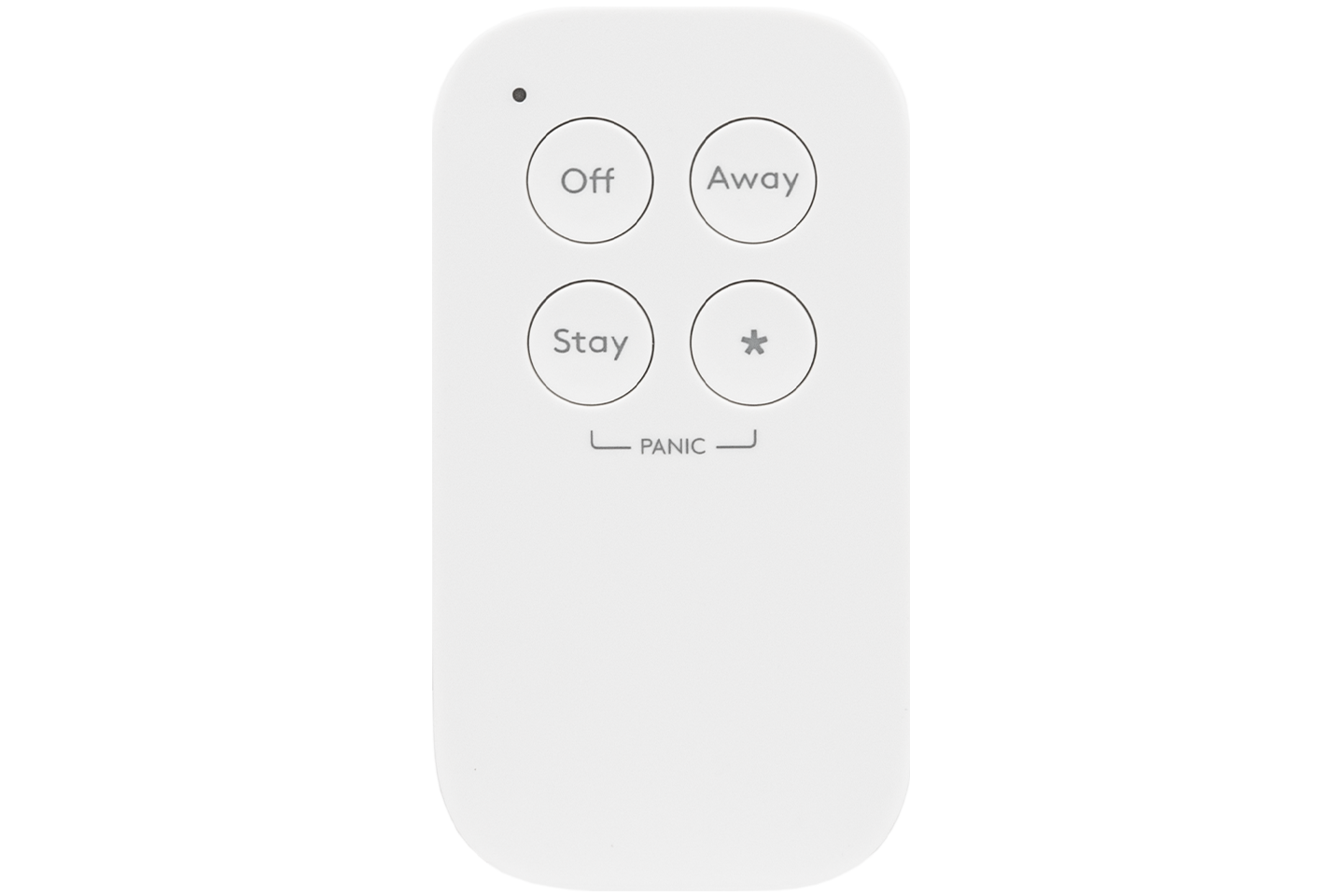#1 Alarm triggered
Your alarm system sounds when one of your sensors is triggered or you manually set off the alarm through your control panel or key fob remote. Depending on how your system is set up, one of two things will happen: either a high-decibel alarm will sound or a silent alarm will be sent to your ADT monitoring station.





